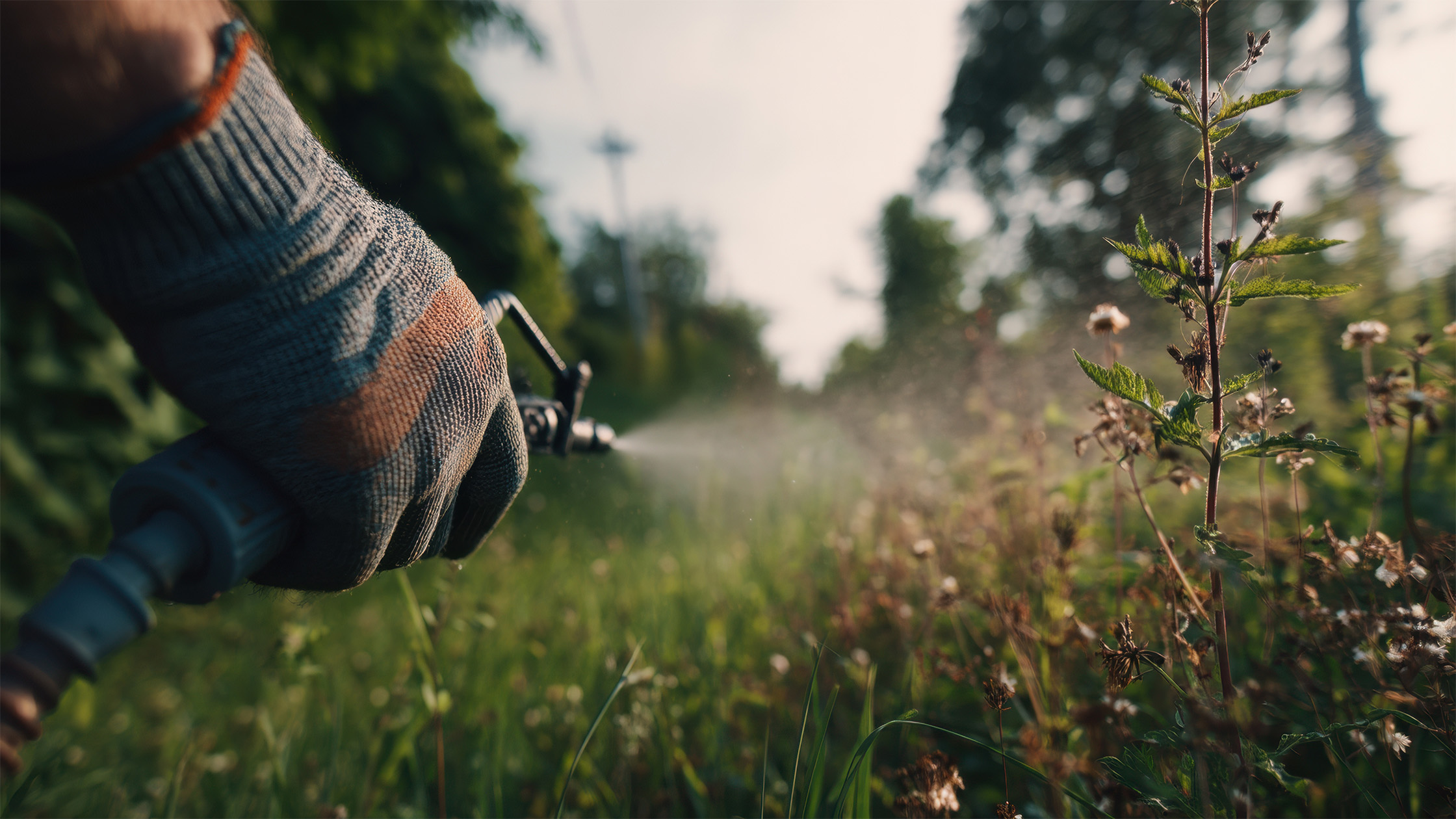Sustainable Gardens: Efficient Irrigation and Rainwater Harvesting for Smarter Landscaping. Ever walked past a neighbor’s yard—lush, green, and frankly, a little envy-inducing—after a drought week in Massachusetts and found yourself asking, “Okay, what’s their secret?” Let’s be real: water, and how we use it in landscaping, has never been more important. Between unpredictable New England weather, rising utility bills, and that gnawing sense we need to “do better” for the planet, sustainable lawn care feels less like a trend and more like the new normal.
If you’re thinking, “Sounds good, but where do I even start?”—you’re in the right spot. I’ve helped folks all over Milton and the South Shore turn thirsty yards into flourishing, sustainable spaces—honestly, sometimes with less effort than you’d think.
Why Water Wisdom Matters in Massachusetts
Did you know the average American family uses more than 9,000 gallons of water outdoors each year—mostly for landscaping? (EPA, 2024). And here in Massachusetts, water rules and rainfall patterns can change on a dime. So, when the goal is a healthy, standout lawn without waste, efficient irrigation is ground zero.
But here’s a little secret: it’s not just about saving water, it’s about making your landscape work smarter—not harder.
What Does Sustainable Landscaping Even Mean?
Let’s start with the basics. Sustainable landscaping means using resources—like water—wisely, so you don’t just have a beautiful lawn, but one that lasts, supports local ecosystems, and saves you money down the line.
I see clients all the time with elaborate sprinkler systems running while it’s pouring rain (yep, it happens!). Others rely on hoses and manual watering, never quite sure if they’re overdoing it or not. Both miss the mark.
Practical Benefits of Efficient Lawn Care
Optimizing irrigation isn’t just “good for the environment.” It makes life easier—fewer brown patches, lower bills, less guilt. Studies by the Massachusetts Water Resources Authority show that automatic, well-calibrated systems can reduce lawn care water use by up to 35%.
And let’s face it: nobody wants to lug hoses around during a heatwave—or worse, pay for runoff water that never even reaches the roots.
So, What’s the First Step?
Okay, let’s break it down. The path to a more sustainable yard usually looks like this:
- Measure how much (and when) you’re actually using water.
- Improve efficiency with the right irrigation setup.
- Tap into natural sources—like rain—to supplement or even replace routine watering.
- Adapt your landscaping and lawn care habits for long-term sustainability.
Let’s dive deeper.
Efficient Irrigation Systems – Smarter, Not Harder
You don’t need a landscape architect’s degree to upgrade your watering system—just a willingness to tweak what you’ve got.
Automated Drip Irrigation—The Gold Standard
Drip irrigation systems deliver moisture right to the plant roots, using up to 50% less water than old-school sprinklers (EPA). That’s because you aren’t misting sidewalks, fences, or your neighbor’s dog by accident.
Here’s why drip wins for sustainable landscaping:
- Less evaporation—water goes where it’s needed.
- Consistent soil moisture—fewer brown spots.
- Works with smart timers and rain sensors.
I recently swapped out a client’s entire pop-up system (always spraying the driveway!) for drip tubing across their flower beds and veggie patch. The difference in water bills, and plant health, was night and day.
Smart Controllers and Weather Sensors
If you’re still watering by the clock—3pm every Tuesday, rain or shine—it might be time for a tech upgrade. Modern “smart” controllers adjust schedules based on local weather, soil, and the season. Some even pull data straight from NOAA or regional networks.
- Accordding to the EPA, weather-based controllers can save an average home over 7,600 gallons a year.
- Bonus: many Massachusetts towns offer rebates on these devices.
Mulch—Nature’s Unsung Hero
Don’t overlook mulch. A thick layer (2-3 inches) of organic mulch keeps soil cool, holds in moisture, and reduces weed competition. It’s one of those “install and forget” strategies that makes all lawn care easier and more sustainable.
Rainwater Harvesting—Free, Abundant, and Underused
You know those spring downpours when rain barrels overflow in an afternoon? Harnessing that water just makes sense—why pay for what falls from the sky for free?
H3: How a Basic Rainwater Harvest Works
- Install gutters and downspouts directing water into large, covered barrels or cisterns.
- Attach simple hose adapters or gravity-fed drip systems.
- Use this “bonus” water for your landscaping and lawn care—especially during dry spells.
A family in Milton told me they fill two 50-gallon barrels in just one rainy weekend. That’s enough to water all their vegetable beds for weeks—without touching the tap.
A few practical pointers:
- Always screen barrels to keep out mosquitoes and debris.
- Use a first-flush diverter if possible, so initial roof run-off (with dust/pollutants) is discarded.
- Make sure your setup meets local codes—some towns have specific regulations.
Advanced Harvesting—Cisterns and Subsurface Storage
If you’re up for something bigger, subsurface cisterns can store hundreds (or thousands) of gallons below ground. You’ll see these more in commercial sites or new builds, but they’re gaining ground in residential landscaping, especially for folks planning ambitious gardens.
Water-Saving Lawn Care Habits (That Stick)
Now, fancy systems aside, real sustainability comes down to the habits you build and keep. Here’s what works:
- Water early, not midday—minimizes evaporation.
- Deep, infrequent watering trumps daily sprinkles. Encourages roots to grow deeper, making your grass tougher in a drought.
- Keep your lawn mower blades sharp and cut high. Taller grass holds moisture better.
- Overseed with drought-resistant varieties in the fall. Fescue blends do particularly well here in New England.
- Regularly check for leaks, broken sprinkler heads, and pooling water.
Quick checklist:
- Inspect irrigation monthly
- Mulch regularly
- Use compost to boost soil
- Swap thirsty annuals for native perennials
A Real-World Example—Sustainability in Action
Just last season, we helped transform a Dedham backyard—a basic patch of grass, soggy in spring, brown by August. After charting water usage, swapping in a smart controller, switching to drip lines, mulching, and installing two rain barrels, the family cut their outdoor water use in half. Their grass bounced back, native flowers thrived, and the neighbor? Let’s just say another rain barrel showed up next door soon after.
Are You Ready to Rethink Your Yard?
If you find yourself dreading the next water bill—or just want that satisfaction of knowing your landscaping is future-proof—efficiency is the name of the game. You don’t need to go it alone, either. At Milton Green Landscaping, our crew brings years of boots-on-the-ground experience helping Massachusetts homeowners create truly sustainable gardens—without sacrificing curb appeal or comfort.
Want a quick assessment or a full sustainable redesign? Reach out today. Your yard (and your water bill) will thank you.

